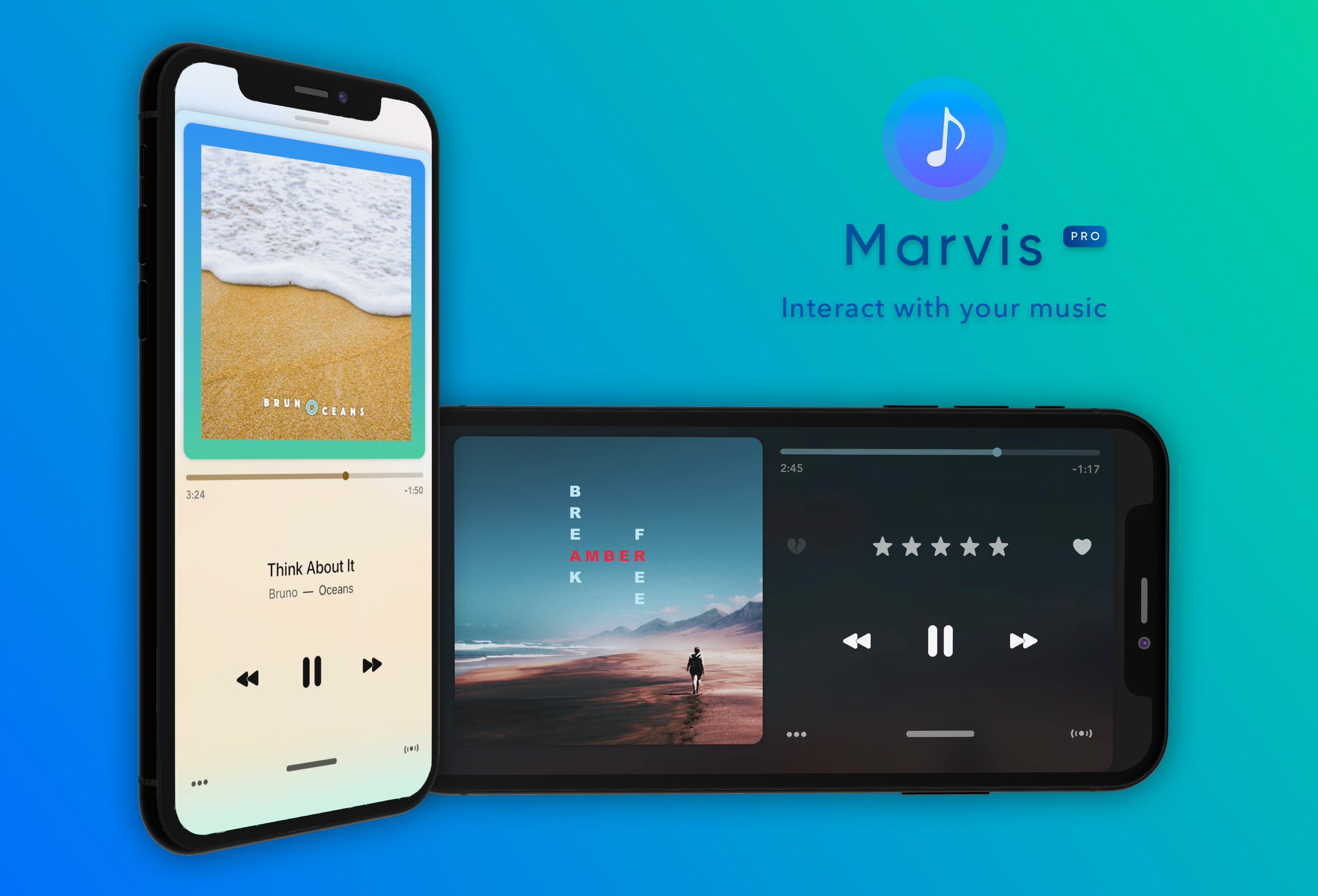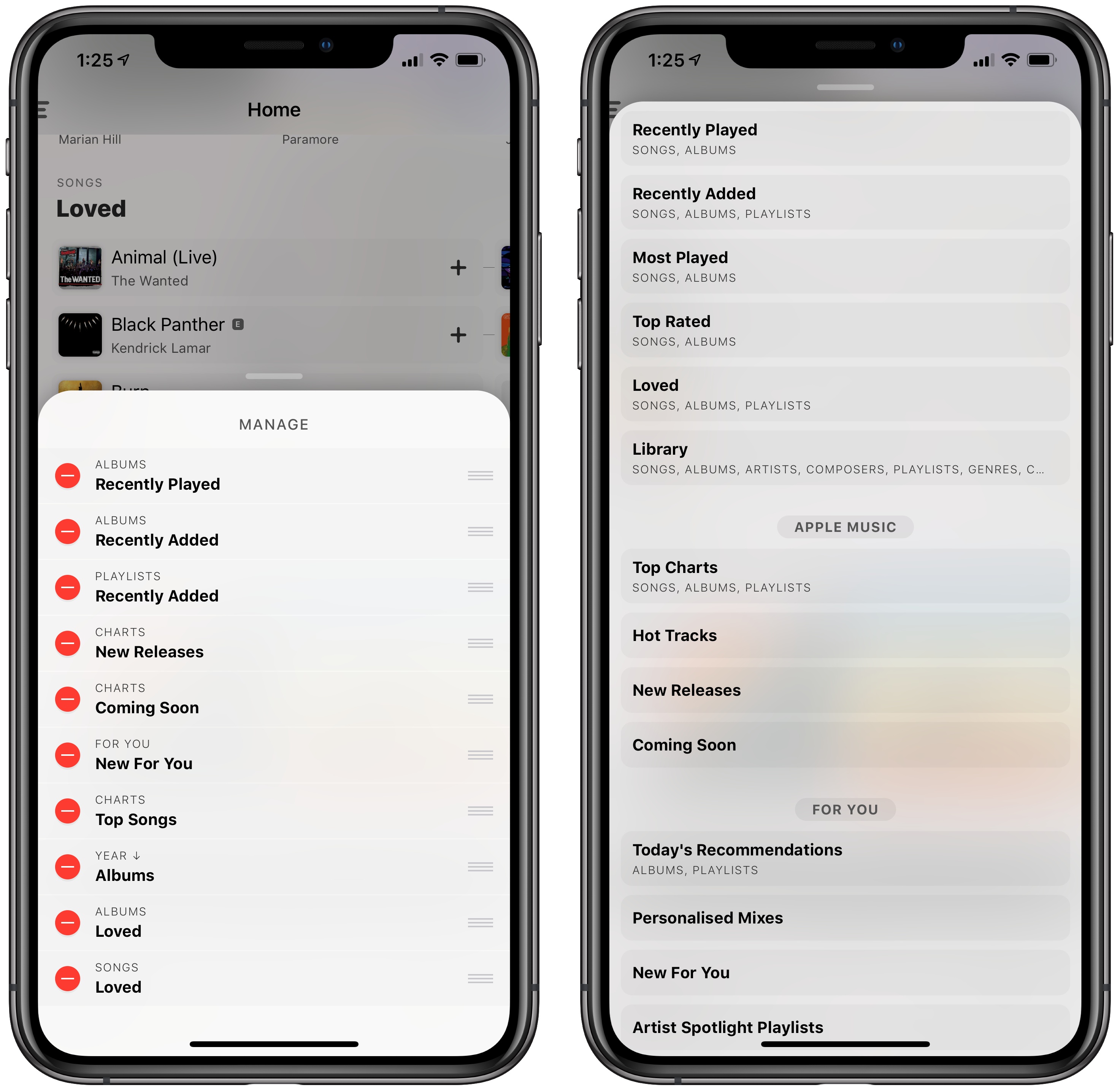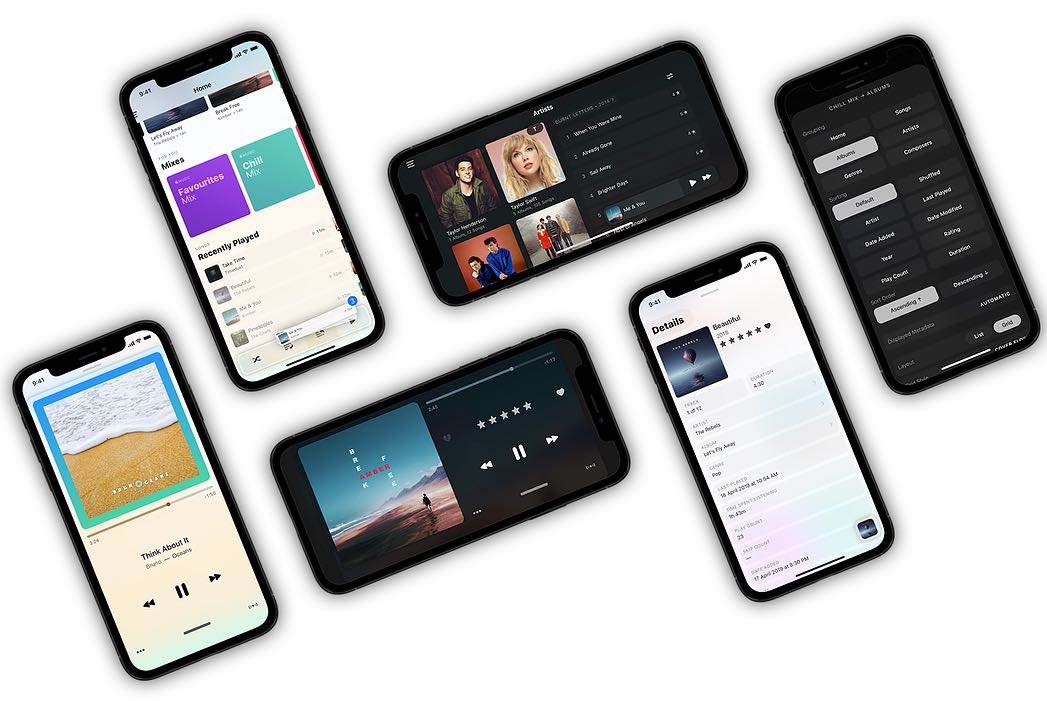
We wrote about Marvis, a music player for iPhone by Aditya Rajveer, back when it launched four years ago, praising its smooth look and plenty of novel features.
Fast forward to today and Marvis has relaunched as a new app written from scratch, with a bunch of new features and tons of customizations. Here’s what you’ll like about it.
Marvis Pro is a complete overhaul top to bottom. The interface’s been brought up to par with today’s standards and it looks great on all iPhone models no matter the screen size.
The software now supports Apple Music—if you’re a subscriber to Apple’s streaming service. you’ll have full access to and control of your Apple Music library through this app, including the Search, Browse and For You sections (non-subscribers can search and browse the Apple Music catalog, as well as play 30-second snippets for all available songs).

Like many other third-party iOS music players, Marvis uses Apple’s MusicKit API for secure access to your Apple Music account without asking for your user name or password. The key benefit of Marvis is its customization because almost anything can be tailored to your liking.
You can choose between a list or grid-based layout, with multiple grid styles to choose from such as Cover Flow. Don’t like what appears in the Home section? No problem, you can configure it to your liking by adding or removing custom sections.
Marvis lets you define how many columns of songs/albums/playlists will display on-screen at once, with options ranging from one to four. You can even change the grid’s style from standard to cover flow or a columned list.
If you want to customize which metadata is displayed in a section, options include duration, year, rating, date added or one of a handful of other choices. Finally, there’s a toggle to hide artwork, or tweak artwork’s corners from the default curved style to being flat or circular instead–that’s right, even something as seemingly insignificant as artwork corners can be customized in Marvis.
The number of customizations the app offers is mind boggling, with as many as 30 different sections that can be mixed and matched however you like. On top of that, each section offers further customization options, revealed by tapping and golding the section heading.

In fact, you can almost replicate the Mac’s smart playlist functionality.
That’s right, you can set up a custom section that’s sorted by play count, date added, artist, year, rating and much more, in either ascending or descending order. If you’d like, you can even create multiple sections that display the same content type (e.g. albums) but with different sort rules, and both can live in Home at once.
All of this adds up to a tool that is the closest imitation of iTunes’ Smart Playlists to date for iOS. While it’s not quite on the same level of power and flexibility as the Mac’s Smart Playlists, it’s easily the next best thing.
The app even supports drag and drop. This lets you do things such as drag one or multiple songs, albums, playlists or other items and drop them on the playback actions at the bottom to Play, Shuffle or Add to Up Next.
Other noteworthy capabilities include rich gestures (hold and drag to navigate the sidebar with efficiency, swipe vertically to switch between tabs or to quickly invoke global search), as well as AirPlay 2 support, Last.fm integration (scrobbles even non-library tracks), a darkened interface theme, alternate app icons and more.

At the moment, Marvis does not support VoiceOver and 3D Touch nor does it have a native iPad interface but that’s already been worked on. You also cannot currently create or add songs to playlists in Marvis, but that, is also in the works.
Other missing features are due to the limitations of the MusicKit API, MacStories notes:
Regarding API limitations, Marvis has no way of removing songs from your library or playlists, showing music your friends are listening to or initiating downloads, and reordering songs in your queue is unreliable, so by default it’s turned off but you can change that in the app’s settings. Some of these restrictions could be lifted if Apple expands the MusicKit API, but there’s no guarantee that will ever happen.
For more information on Marvis Pro, see the official website.
Whether you use Apple Music or not, you’re recommended to try out this full-fledged alternative to the stock Music app. If you dislike Apple’s Music app or are simply on the lookout for a polished music-listening experience on your iPhone, also consider the feature-rich Soor app, jailbreak tweaks like Mitsuha Infinity (a gorgeous audio visualizer for iOS) and PlayOff, a macOS app that enables continuity music playback between your Mac and iPhone.
Marvis Pro is $3.99 on App Store.
We have a few promo codes for Marvis that you can use to get the app for free—just use the Redeem function in App Store: WEXHK79HMJNT, YALFPK9M6AY6, 7JRF6F4L4JLA, 6N4HAWWHJ36E and FYFYEXKMHT99.